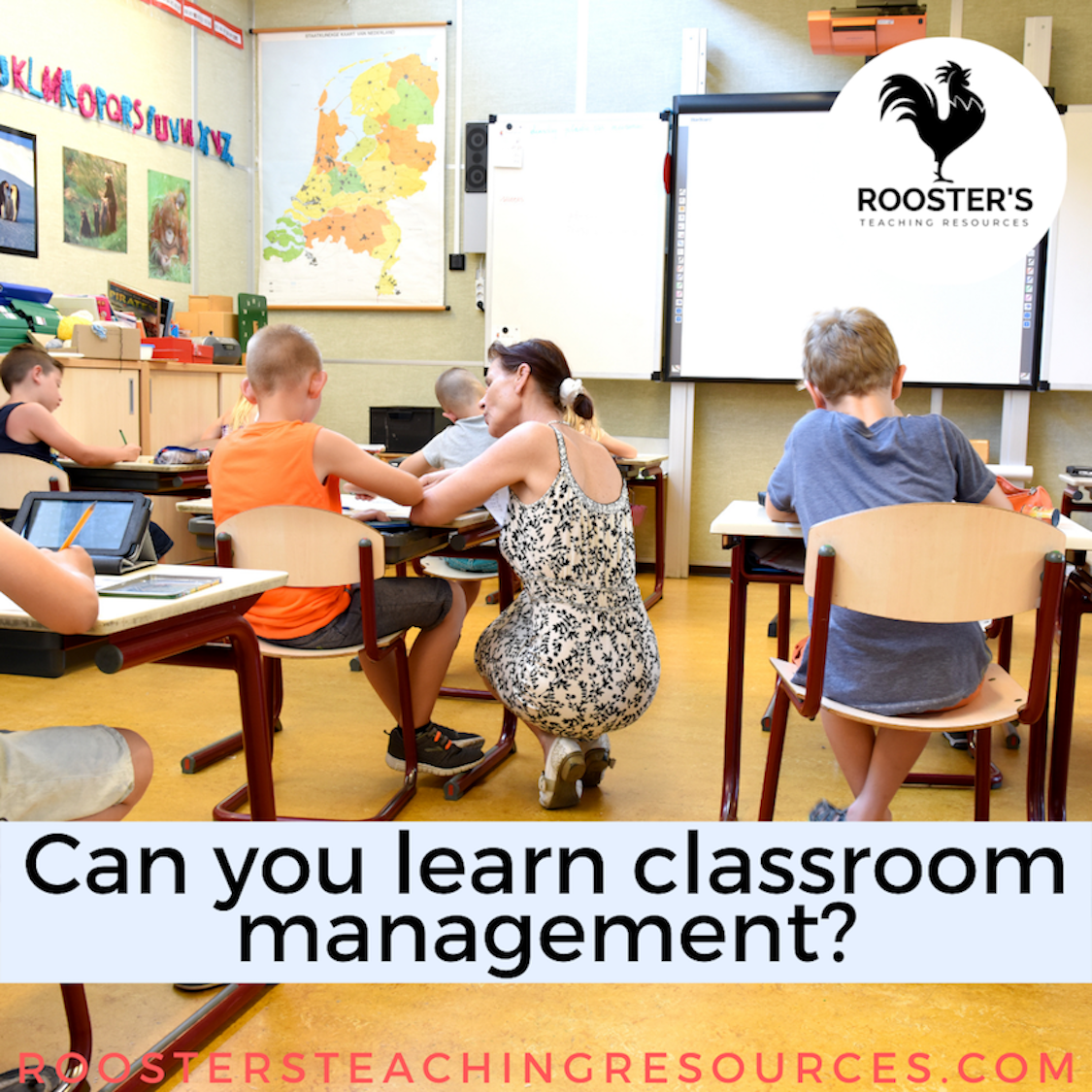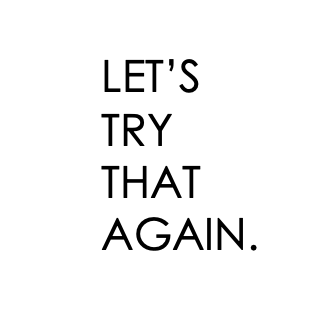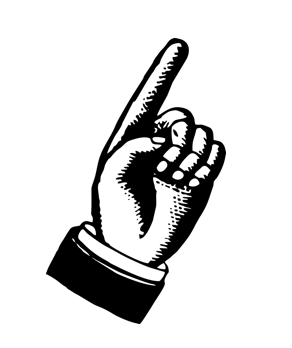
Can you learn classroom management?

The simple answer is yes, and to be an effective teacher you must. A classroom out of control is bad for everyone in it. If you are a new teacher or a teacher who is still refining their classroom management, this post is for you.

Forewarning
When it comes to classroom management, I am straight-up old school. My thoughts on classroom management are based on decades of experience teaching and supervising other teachers. There is certainly more than one way to manage young people, but it’s my opinion that the most effective teachers approach classroom management in a take-charge and prescribed manner.

Two Modes of Interacting
As a teacher, you need to operate in two modes when interacting with your students.
First, you are you. This is the
personable individual who takes interest and connects one-on-one with students. This is so important to do. There are students who simply will not perform in class unless they feel as though their teacher cares about them. Here are some simple ways to connect:
1. Use their name. One of my memorable takeaways from a workshop I attended years ago was that a student should see their name seven times on the first day of school. People appreciate hearing their name. Incorporate activities that include name art and name origin. Simply greet your students by name each day. And, if you ask them how they are and they tell you more than “fine”, stop and listen. Take interest. Be genuine.
2. Use a check-in and check-out with your students. If you have your students for most of the day, this can be a great way to quickly connect and see how your students are doing. They could use a simple color – green, yellow or red – to express their morning mood. Constant Love and Learning goes into the check-in in more detail and gives several suggestions on ways for students to show rather than tell about their feelings. One great benefit of the check-in is that it allows you to be aware of who might be out of sorts.
3. Acknowledge real milestones and exemplary behavior of individuals. See the good in your students and remember to acknowledge them. Classroom charts and bulletin boards can do this, but simply stating a student’s accomplishment out loud also builds a positive connection. Have your students acknowledge one another, too. This can be incorporated into a check-in.
4. Have an attitude of respect. For me, I see every student who comes to my classroom as a unique soul on a journey which I have the honor to be a part of. I especially keep that in mind with students who aren’t as easy to like.

Your second mode of being as a teacher is your Whole Class Persona. When it comes to dealing with the class, you are in control, you are the expert, and you owe it to your students to take charge. In my old school opinion, here are the essential ingredients to taking charge.
1. Have a plan. I know that there are teachers who write the classroom rules with their students, but I think this is a terrible practice. The teacher tends to manipulate what is included in this “class constitution” making the whole process disingenuous and often seen as a joke to the students. Rather, have a teacher-made plan. Over time, I have developed a fairly comprehensive plan based on the sage advice of Harry Wong. Besides informing my students of my expectations for them, more importantly it reminds me of what I will and will not tolerate. Eyes do role when I tell students that they are to routinely thank me, but I know that the vast majority of students want an orderly and productive classroom and that most of the students are cheering for me. My plan can be found here:

2. The next step is for the teacher to actually abide by his or her set plan, and to apply it in a light-hearted but firm manner. For me, this was the most difficult part of establishing solid classroom management. Let’s say you have a set procedure for entering the classroom quietly and Ricky comes barreling into the classroom jumping to hit the top of the door frame as if he is doing a layup. (Of course, this is not a made up scenario and has actually happened in my classroom more than once!) “Let’s try that again!” is your best response. Ricky may mockingly walk through the door as if he is a geeky students and may even get some chuckles, but your point is made. “Let’s try that again!” is your key phrase. Remember, Ricky’s rowdy behavior is expected. Your students will test the plan.
3. Consistency and timeliness in following through on your plan is paramount. If the behavior of the whole group does not meet your expectations, nip it right away. Stop whatever you are doing and correct the behavior and then have the class try it again.
4. If it’s an individual problem, pull that student aside. If you need to discuss a behavior issue or can not re-direct behavior in a light-hearted way, talk with the student one-on-one, outside or away from the class. If a student needs to be removed due to belligerent behavior, I recommend a simple, “Out.”
5. Use whole class rewards. I have used a Marble Jar Reward System in the 4th through the 8th grade with good success. I have also have seen electronic versions of this. Brooklyn's Brightest offers an engaging and clever idea for a whole class rewards system for middle school students using Instagram as a theme. Class Dojo can also be a very effective behavior management tool for elementary grades.
6. Be present. Roam your classroom as much as possible while students are working. Your proximity will keep them at work and gives you the opportunity to help them individually and connect more on a one-on-one basis, helping you build trust.
7. Seating is under your control and can have an enormous impact on learning and behavior. Use it. Assign seating.
8. No matter what the grade, I always teach with a stop watch. I use it mostly for myself so that I keep things moving at a good pace. A stop watch also allows for noise and moving about, which you need to allow. “Class, we have three minutes to put things away and be ready for the next activity.” With a stop watch, I know that the class will be loud with lots of movement for a given period of time, and then we’re on to the next thing.
9. If you feel as though you have a system in place with good follow through and you are still having issues, look at your lesson planning. Is your class engaging? Are you presenting material that you find interesting? Are your expectations too high? Is your class too easy? Do you have too much routine? One of my early teacher mentors taught me to plan organically – to think about breathing in and out when laying the plans for a day or for a lesson. This could be changing from independent reading to physical stretching or taking a break in a lecture to allow students to simply think-pair-share (https://www.readingrockets.org/strategies/think-pair-share).
10. There are special cases. You may have a student who is under enormous stress outside of your control or one who suffers from mental illness. If you are at a loss with an individual, get help. You are the teacher, not everything. Tell your administrator or school counselor so that the student can get the specialized help they need and so that the climate in your classroom is preserved.

“The best time to plant a tree was 20 years ago.
The second best time is now.”
~ Chinese proverb


One Last Note
Young people move on more easily than adults. Whether your school year is just starting or you are mid or end-year and are having behavior problems, take these strategies and ideas and act now. With effort, you can become better at classroom management. If you started out without a plan and feel that your class is out of control, start over. Give yourself a, “Let’s try this again!” and begin anew with a plan.
©Tuiolosega 2019
